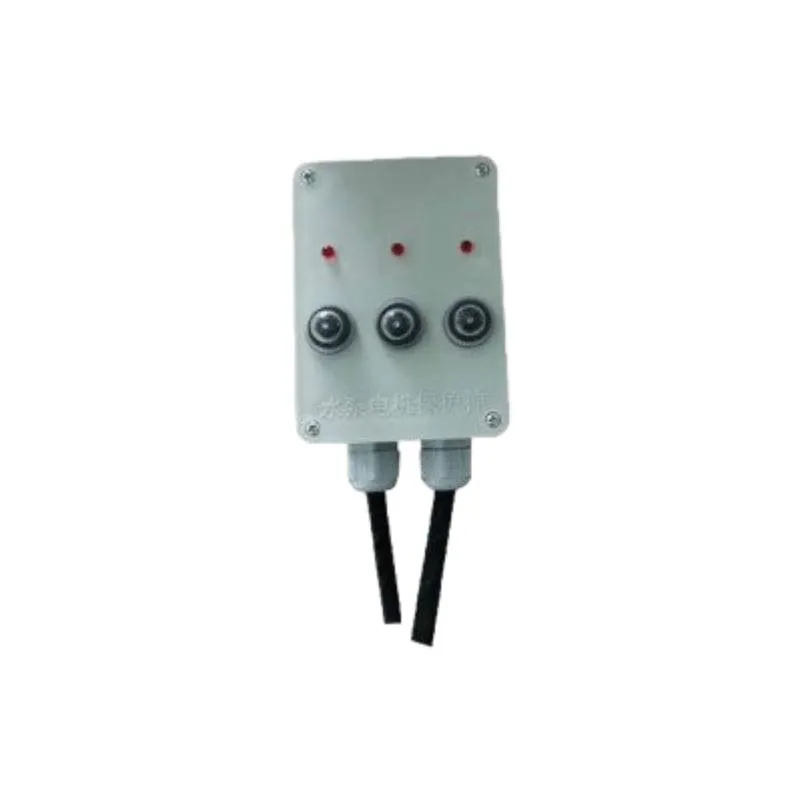The Importance and Benefits of Rubber Insulation Strips
In numerous industries, effective insulation is key to maintaining safety, efficiency, and performance. One of the critical materials used for insulation is rubber, specifically in the form of rubber insulation strips. These versatile strips are widely employed in various applications, from electrical systems to HVAC units, due to their unique properties that make them suitable for diverse environments. This article explores the significance, benefits, and applications of rubber insulation strips.
What Are Rubber Insulation Strips?
Rubber insulation strips are flexible pieces of rubber material designed to provide thermal and electrical insulation. They can come in various shapes, sizes, and thicknesses to cater to different needs. Typically made from materials such as EPDM (Ethylene Propylene Diene Monomer), neoprene, or silicone rubber, these strips exhibit excellent resistance to heat, moisture, and electrical conductivity. Their durability and adaptability make them ideal for a range of insulation applications.
Key Benefits of Rubber Insulation Strips
1. Thermal Insulation One of the primary functions of rubber insulation strips is to provide thermal insulation. They help to minimize heat loss in piping systems, ductwork, and equipment. By maintaining the desired temperature within systems, they improve energy efficiency and lower energy costs.
2. Electrical Insulation In electrical applications, rubber insulation strips are essential for preventing electrical shock and short circuits. They form a protective barrier around wires and cables, reducing the risk of accidents and ensuring safe operation in various environments.
3. Moisture Protection Rubber has inherent water-resistant properties. Thus, insulation strips made from rubber effectively protect against moisture infiltration, which can lead to corrosion, mold growth, and degradation of equipment. This moisture resistance is vital in both outdoor and indoor applications, especially in areas exposed to fluctuating weather conditions.
4. Noise Reduction In addition to their thermal and electrical insulation properties, rubber insulation strips contribute to soundproofing. They can effectively dampen vibrations and noise, making them ideal for use in both residential and industrial settings. Integrating rubber strips into machinery or construction can lead to quieter environments, enhancing comfort and productivity.
5. Easy Installation Rubber insulation strips are generally easy to handle and install. They can often be cut to size, making them customizable for specific applications. This ease of use significantly reduces installation time and labor costs, which is a considerable advantage in both commercial and residential projects.
rubber insulation strip

6. Chemical Resistance Many rubber materials used for insulation strips possess good resistance to various chemicals, oils, and solvents. This property makes them suitable for industries such as automotive, manufacturing, and food processing, where exposure to harsh substances is common.
Applications of Rubber Insulation Strips
Rubber insulation strips find application in numerous sectors and environments
- Electrical Applications Used to insulate wires, cables, and connectors to ensure safety and performance in electrical installations. They help prevent shorts and protect sensitive components from environmental factors.
- HVAC Systems Widely used in heating, ventilation, and air conditioning systems to enhance energy efficiency by preventing heat loss or gain through ducts and piping.
- Automotive Industry Rubber insulation strips are used in vehicles to reduce noise and vibrations. They also provide insulation for electrical wiring and components.
- Manufacturing In factories, they serve to insulate machinery, protect employees from hazards, and reduce noise pollution.
- Construction Rubber insulation strips are used in building applications for water pipes, electrical systems, and windows, improving energy efficiency and occupant comfort.
Conclusion
Rubber insulation strips are indispensable components in modern insulation practices across various industries. Their unique combination of thermal, electrical, and moisture resistance, along with ease of installation, make them a preferred choice for many applications. As businesses and consumers increasingly prioritize energy efficiency and safety, the demand for effective insulation solutions like rubber insulation strips is likely to continue growing. Embracing these innovative materials not only enhances performance and safety but also contributes to a more sustainable future.
-
Versatility with Tape Electrical InsulationNewsJun.09,2025
-
Floor Marking Tapes For WareHouseNewsJun.09,2025
-
Enhance Your Projects with PVC Electrical TapesNewsJun.09,2025
-
Enhance Your Projects with Automotive Wiring Harness TapeNewsJun.09,2025
-
Enhance Your Automotive Fabric TapesNewsJun.09,2025
-
Enhance Electrical Projects with Cambric TapeNewsJun.09,2025
